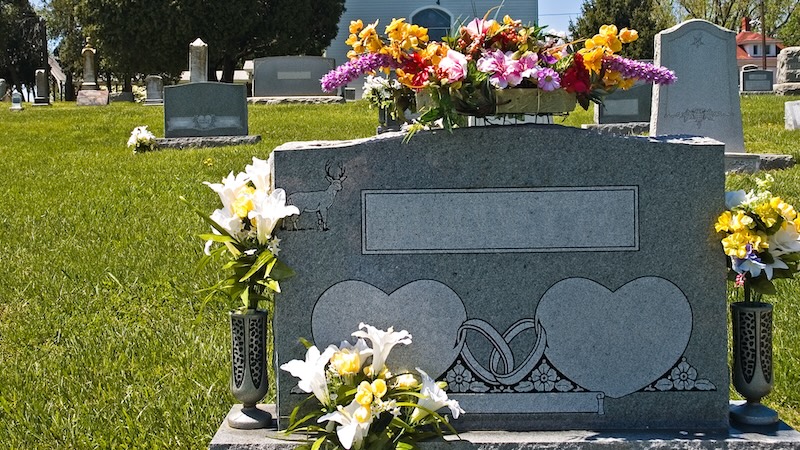BOOMER Home: Expert Advice From Kiplinger
Kiplinger's Personal Finance on What to Do If You're Considering Leaving Your Old Home
FINDING THE UPSIDE OF DOWNSIZING
By Patricia Mertz Esswein
It can happen when the kids leave home or retirement looms or your first grandchild is born hundreds of miles away. You start to think about downsizing to a smaller house or condo or a retirement community.
But clearing out and selling a home, buying a new one and relocating is a major transition that takes careful planning. It could pay to find a real estate agent who works with seniors, such as an agent who has earned the Seniors Real Estate Specialist (SRES) credential.
Less space won’t necessarily translate into less money. Seattle agent Greg Bartell says many homeowners sell their homes for, say, $400,000 to $500,000 but find that they will have to spend at least that much for a condo in the city. He suggests that they look at newly redeveloped suburban town centers that offer urban amenities.
ACTIVE-ADULT COMMUNITIES
You may find the lifestyle you want in an active-adult community or a continuing-care retirement community (CCRC).
After Michael Santella, 63, retired from Oak Ridge National Laboratory, he and his wife, Peggy, 62, visited Sun City Mesquite, an active-adult community 80 miles from Las Vegas. They signed a contract to build a home there, contingent on the sale of their home in Knoxville, Tenn. Their old home sold for $385,000 in October 2012, and four months later they moved into their new, 2,100-square-foot home, for which they paid $314,000.
“It’s like living in a resort every day,” says Peggy, who calls Knoxville “the allergy capital of the world.” Plus, it’s reassuring to know that if one of them is on his or her own someday, “the other person won’t be left sitting alone,” she says.
CONTINUING-CARE RETIREMENT COMMUNITIES
Unlike active-adult communities such as Sun City Mesquite, continuing-care retirement communities provide assisted-living and skilled-nursing facilities, allowing seniors to age in place. You gen- erally must be at least 55 to buy in; be sure to check whether a spouse or partner can be younger than the cut-off age.
CCRCs have several financing setups. With a fee-for-service arrangement, you pay less upfront (or nothing beyond monthly rent) and cover care out of pocket if you need it. Some fee-for-service communities require you to buy long-term-care insurance to cover your bases. Contracts that include unlimited, lifetime care in the upfront fee – essentially a form of long-term-care insurance – require the biggest deposits, along with monthly fees. A modified-care agreement requires a smaller entrance fee but limits care to a specified number of days a month, after which residents must pay more. But you generally have to meet financial requirements and be healthy when you arrive.


